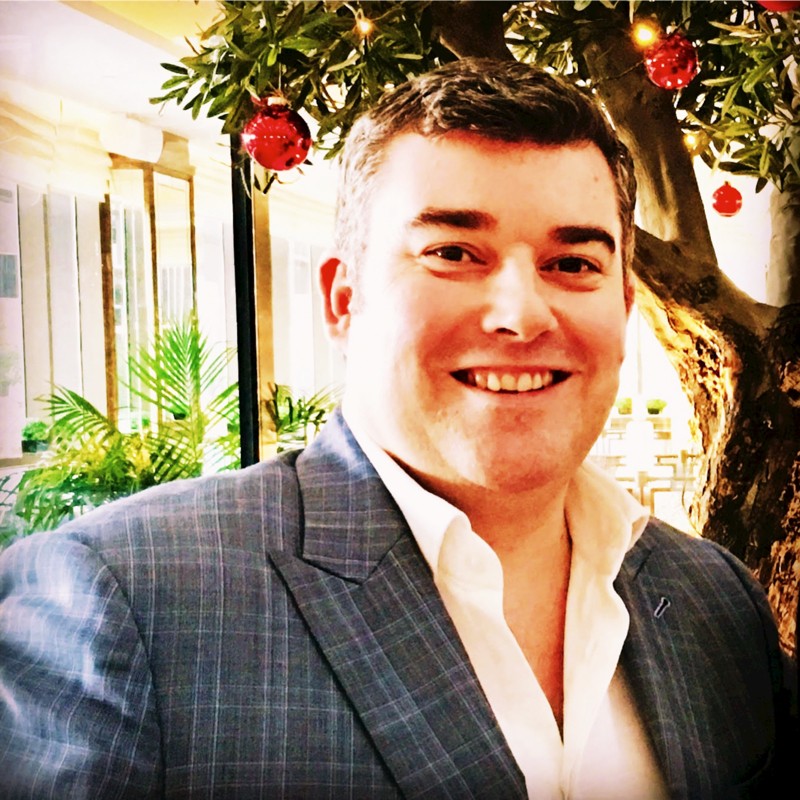Risk Guide is delighted to bring a very special short episode from the very first series of our Extreme Risk Podcast in collaboration with Runderc.
In this special episode, Alexander Larsen speaks to Mykhailo Rushkovskyi about the need for more Risk Governance at a governmental level in the form of for example a Government Chief Risk Officer which will bring accountability and visibility to how societal and country risk is managed and how risks are considered in decision making.
The need for resilient countries is becoming more evident by the year and ensuring transition initiatives consider risk is critical to remaining resilient. Over-reliance by the EU on gas from Russia for example has proved a disaster for many countries in the EU. Re-opening of coal mines (despite ESG and environmental targets) indicates how poorly the green transition was thought out in terms of risks and resilience.
And what influence does Leadership play? Alexander highlights an excellent example from Pakistan of strong and positive leadership that can only improve risk culture.
For further information about Mykhailo and his career, you can find the Risk Managers Getting Coffee series on: https://youtube.com/riskguide
You may also find the Extreme Risk Podcast on the most popular platforms:
⚪️ Apple podcast
🟢 Spotify
🟡 Amazon

Episode Content:
1.00 – Risk Management at Government Level
3.00 – Resilience & Risk-Based Transition Plans
4.20 – The Gold Standard – Pakistan Case Study – Risk Leadership & Culture
7.00 – What is the Role of Risk Management at Government Level
10.00 – Where is Resilience? (Banking, Natural Disasters, Government Budgets)
11.26 – Risk-Based Strategy & Resilience – Norway Case Study – The Norwegian Oil Fund
About the Podcast
The Extreme Risk Podcast is a new podcast that focuses on Crisis and people working under extreme circumstances. The podcast seeks to learn from the few Risk Masters who have experienced extreme events and share it with as many people as possible.
The first series of the podcast are focused on risk management during the largest military conflict in Europe since World War II – the Russia-Ukraine war. Together with Mykhailo, we speak extensively about the lead up to the war, the invasion as well as the months that followed. Undertaking a war risk assessment, preparation for potential scenarios, monitoring, how people reacted and how businesses responded. We also discuss the potential wider ripple effects of the war on the world economy 🌍
For further information about Mykhailo and his career, you can find the Risk Managers Getting Coffee series on: https://youtube.com/c/riskguide and https://riskguide.wordpress.com/2022/02/03/risk-managers-getting-coffee-episode-4-part-1-geopolitics-turmoil-and-a-journey-from-italy-to-ukraine/
All episodes will be released every few weeks here on the Risk Guide website and via our LinkedIn (https://www.linkedin.com/company/risk-guide) and Podcast pages https://extremerisk.buzzsprout.com/ as well as on RUNDERC – https://runderc.com/podcast
Episodes will be released every few weeks here on the Risk Guide website and via our LinkedIn (https://www.linkedin.com/company/risk-guide) and Podcast pages https://extremerisk.buzzsprout.com/
You may also find the Extreme Risk Podcast on the most popular platforms:
⚪️ Apple podcast
🟢 Spotify
🟡 Amazon




















 But, as with all risks, you can manage them best when you identify them as early as possible – preferably before you even begin to have a social media presence. The best form of prevention is to be well prepared. When entering into social media, a company needs to focus on the purpose of doing so in the first place. Is it to attract talent, or improve customer engagement, for example? Once this is established, objectives can be set for the initiative. Different objectives will require varying approaches, not only to achieve the desired success, but also in how to mitigate the risks.
But, as with all risks, you can manage them best when you identify them as early as possible – preferably before you even begin to have a social media presence. The best form of prevention is to be well prepared. When entering into social media, a company needs to focus on the purpose of doing so in the first place. Is it to attract talent, or improve customer engagement, for example? Once this is established, objectives can be set for the initiative. Different objectives will require varying approaches, not only to achieve the desired success, but also in how to mitigate the risks. If employee access is given, there are some common steps companies can take to mitigate social media risk. First, the company should develop a social-media policy and train staff in its use. A social media policy can be short and sweet, or quite long and detailed. A company should consider having one for employee use of social media as well as a corporate social media policy (for those working with social media on behalf of the company). These should include an outline of the do’s and don’ts when posting online, information on the safe use of social media, off-limit subjects or data, as well as the consequences of being in breach of the policy. The legal department should be of use here.
If employee access is given, there are some common steps companies can take to mitigate social media risk. First, the company should develop a social-media policy and train staff in its use. A social media policy can be short and sweet, or quite long and detailed. A company should consider having one for employee use of social media as well as a corporate social media policy (for those working with social media on behalf of the company). These should include an outline of the do’s and don’ts when posting online, information on the safe use of social media, off-limit subjects or data, as well as the consequences of being in breach of the policy. The legal department should be of use here. Google is a prime example of using social media tools to minimise risk and maximise opportunity.
Google is a prime example of using social media tools to minimise risk and maximise opportunity.